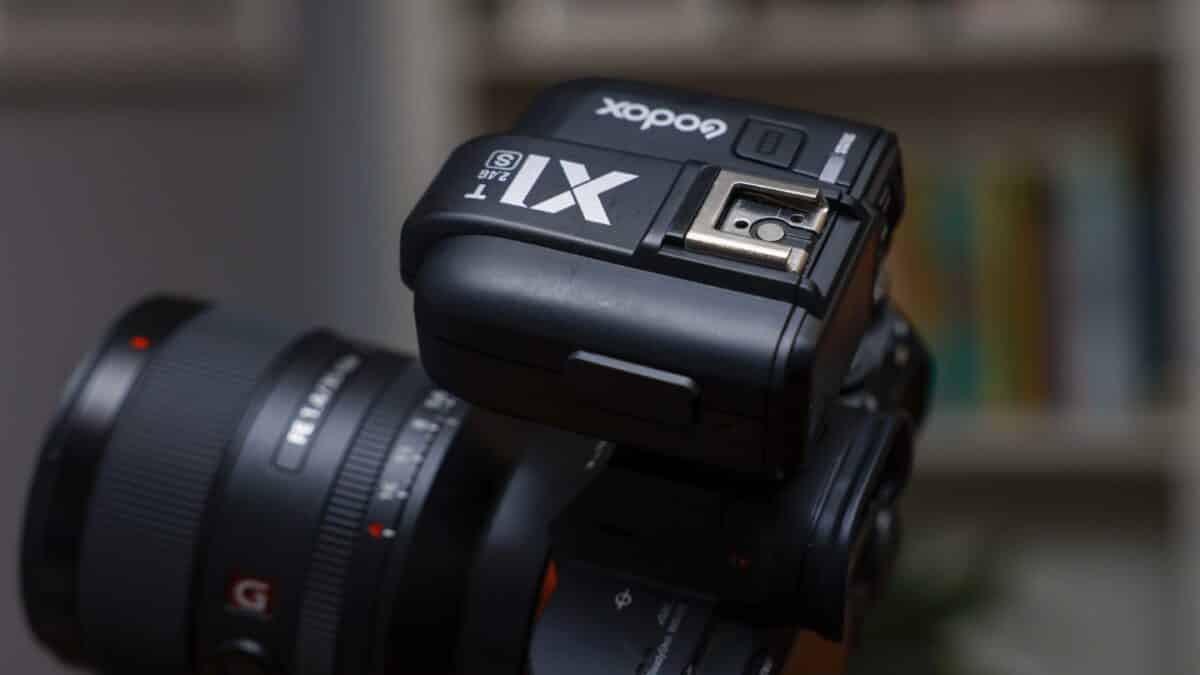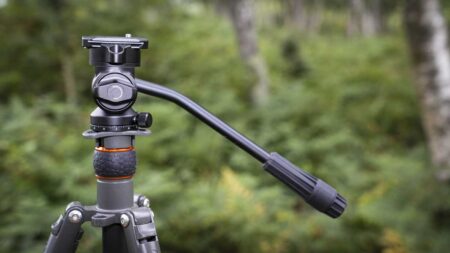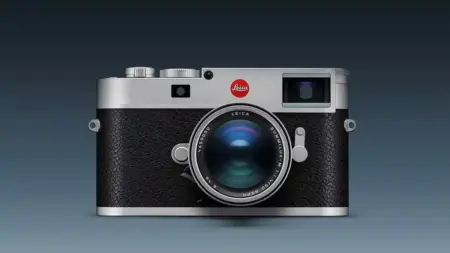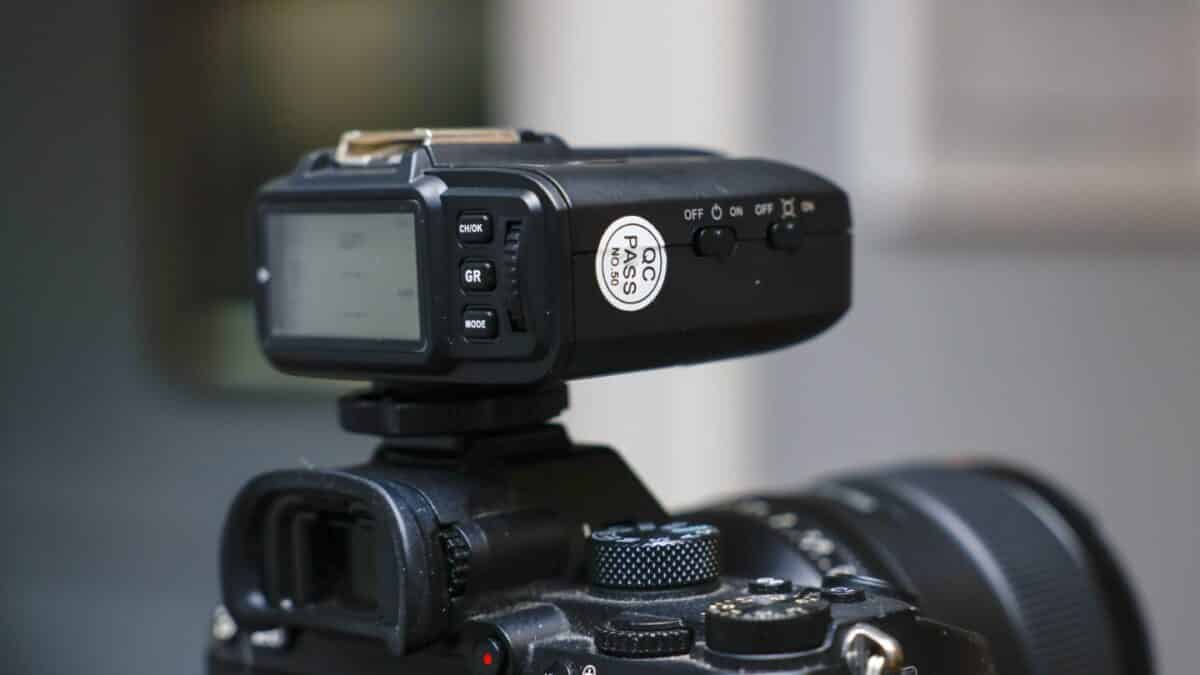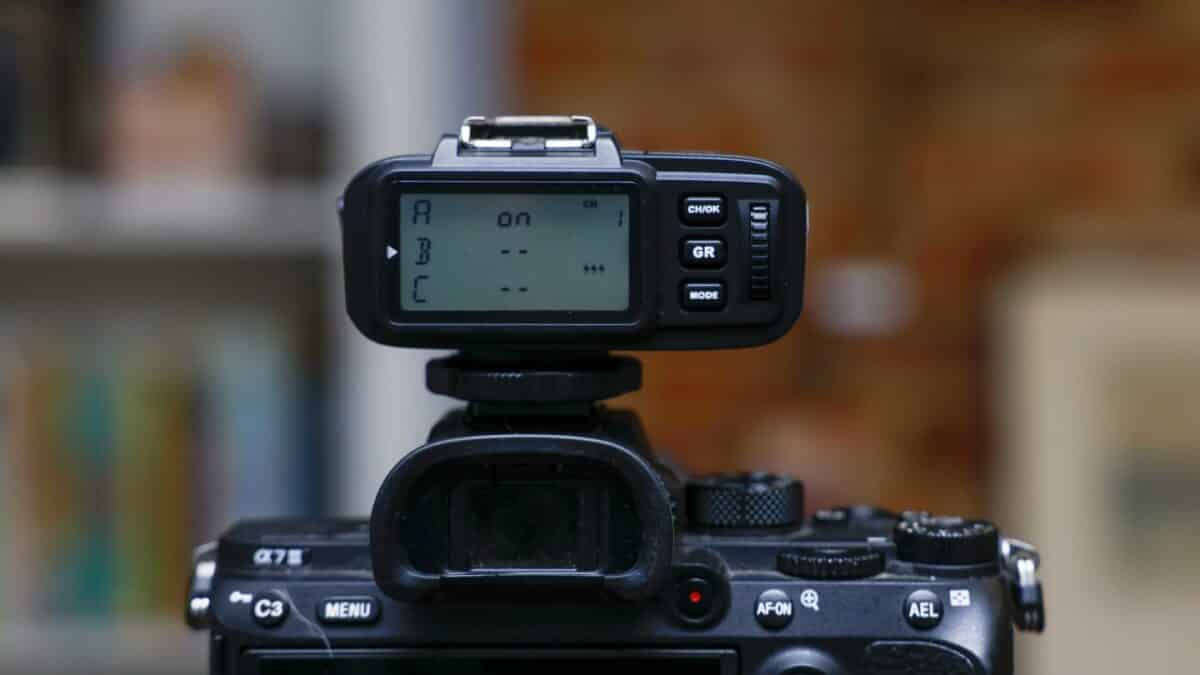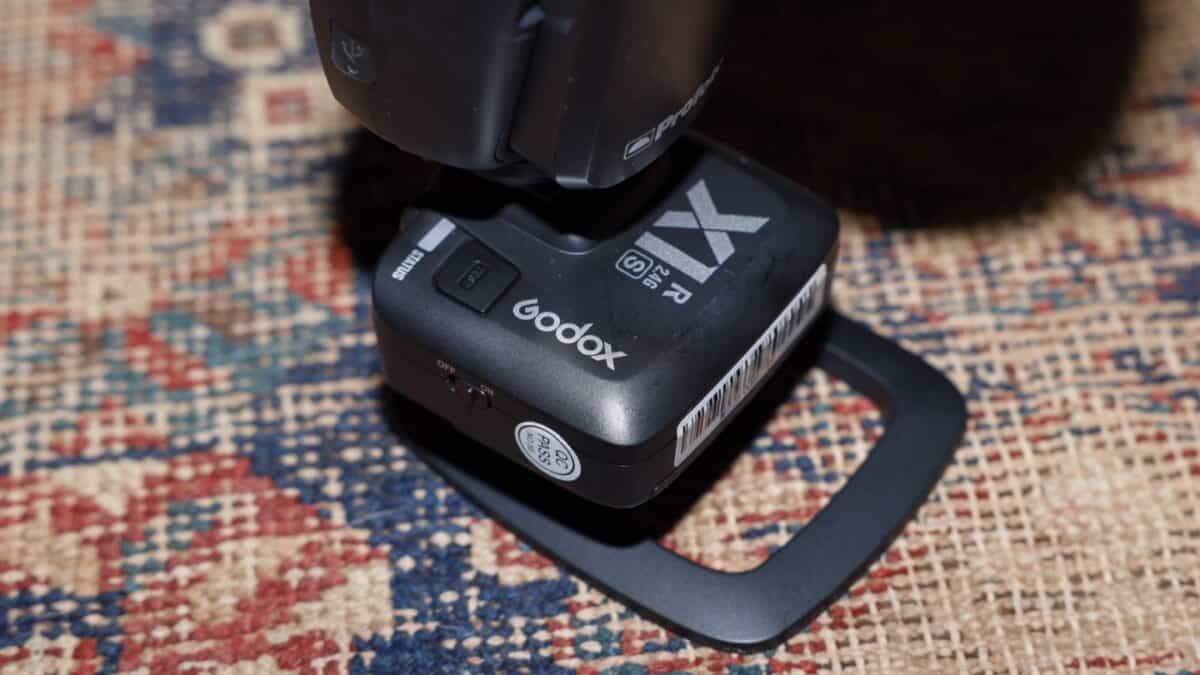The Godox X1 wireless flash trigger and receiver enable you to use your hotshoe or studio flash wirelessly. The system consists of two parts the transmitter that slots into your camera’s hotshoe and the receiver that plugs into your flash. Both the transmitter and receiver feature TTL, so it’s worth noting that you need to purchase the correct model for your camera system and will need to be using a compatible system flash.
In this review, I’ll look at the Godox X1T-S and the Godox X1R-S. You could probably work it out, but the X1 is the model, the T is a transmitter, R is the receiver, and S is Sony. C, Canon, N, Nikon and other options are also available.
The X1 wireless flash system has several ways of working; the first is a direct TTL flash system. This enables you to move your flash from your camera to the trigger system and still be able to use the camera’s TTL; in other words, your camera handles the flash power for you and power adjustment can be made through the camera or transmitter.
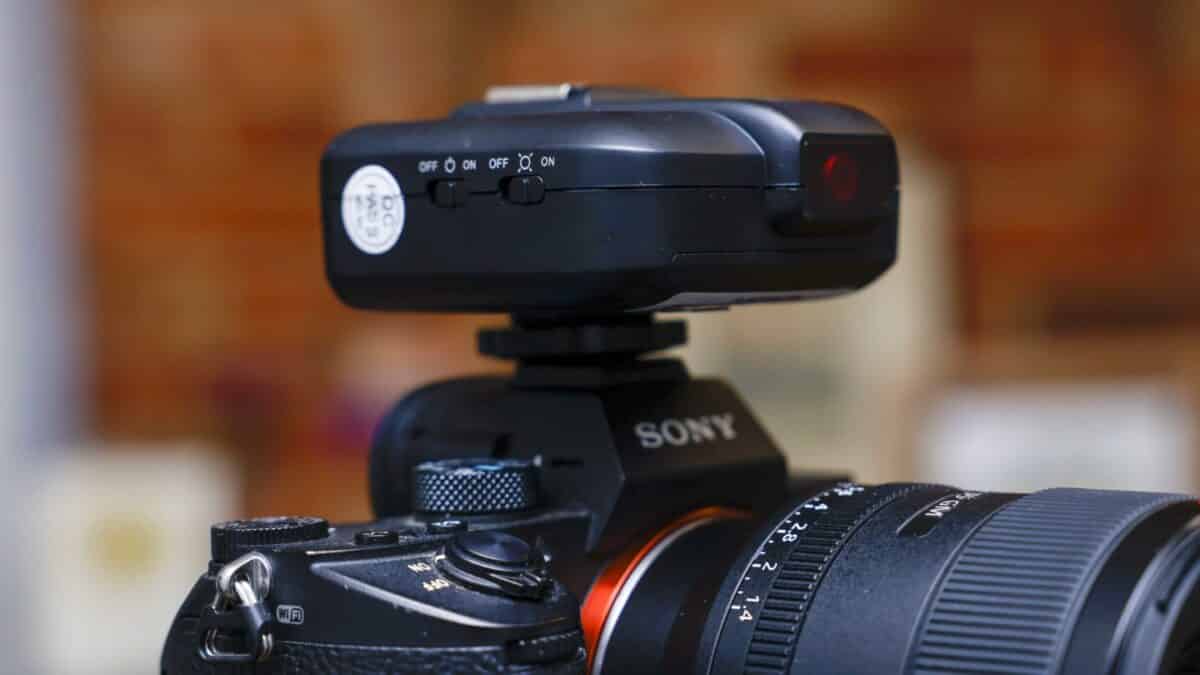
If you want more control, then you can switch your flash to a manual, and as you would expect, you can take complete creative control over the look and style of your images.
If you want to use the flash system with a flash unit that doesn’t feature a hotshoe, such as a studio flash, then there’s a sync socket built into the side of the transmitter. Connect the cable to the back of your studio flash, and everything should work perfectly. Likewise, if you’re using a camera with a sync socket, then again, the transmitter can plug in through sync rather than through the ISO hotshoe contacts.
That’s not all; as part of the Godox wireless flash system, you can link up other Godox Flash products using the channels, pop the units on the same channel, and they’ll get all fire from the same transmitter. You can have multiple flashes mounted on X1s or add a V860 III Speedlite into the mix, Godox has made it all very easy to do.

